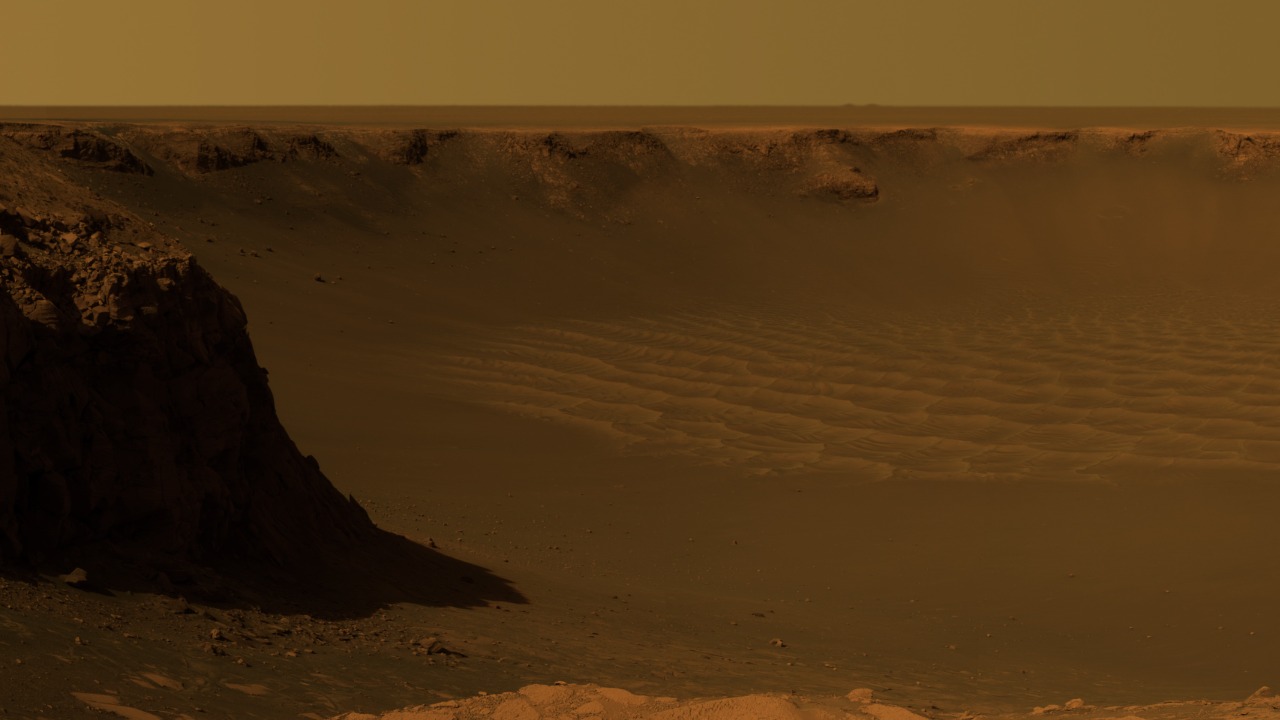
Recent observations have unveiled the intricate dance of a thousand Martian dust devils, offering a unique window into the wind patterns that shape the Red Planet’s surface. These swirling vortices, traced by the European Space Agency (ESA) and other researchers, reveal the atmospheric dynamics that have transformed Mars into a planet of dust. The winds on Mars, capable of reaching speeds exceeding 60 mph during storms, play a pivotal role in eroding ancient features and redistributing fine particles globally.
Mars’ Atmospheric Winds: An Overview
The Martian winds, unlike those on Earth, are driven by temperature gradients and the planet’s thin atmosphere, allowing for rapid acceleration. These winds are particularly intensified during the southern summer, contributing significantly to dust lifting. The global circulation patterns, including jet streams and trade winds, play a crucial role in transporting dust across hemispheres, further shaping the Martian landscape.
Dust Devils as Wind Indicators
Dust devils on Mars are transient whirlwinds formed by daytime heating. They can reach heights of several kilometers and diameters ranging from tens to hundreds of meters. The paths and speeds of these dust devils directly reveal local wind directions and velocities, serving as natural tracers in the absence of widespread ground sensors. Observational methods, such as imaging from orbiters like the Mars Reconnaissance Orbiter, are used to track these dust devil movements over time.
ESA’s Dust Devil Mapping Initiative
In 2025, the ESA launched a study to map dust devils using data from the ExoMars Trace Gas Orbiter. The study revealed specific findings on dust devil frequencies in regions like Hellas Planitia, where they are most prevalent due to topography. By correlating dust devil trajectories with atmospheric models, the study has provided valuable insights into the wind regimes on Mars.
Cataloging a Thousand Dust Devils
A comprehensive dataset of a thousand Martian dust devils has been compiled from high-resolution images spanning multiple Mars years. This catalog covers locations from equatorial dunes to polar regions, charting varying wind strengths. The data is integrated with wind models to validate predictions of surface shear and turbulence, further enhancing our understanding of Martian winds.
Quantifying Wind Speeds on Mars
Measurements have shown that baseline winds on Mars range from 10-30 mph, escalating to 60-100 mph during dust storms. Wind profiles at different altitudes have been compared using data from landers like InSight to ground-truth orbital observations. Diurnal variations, where afternoon thermals boost speeds and fuel dust devil formation, have also been observed.
Winds’ Long-Term Impact on Mars’ Surface
Persistent winds on Mars have eroded geological features over billions of years, smoothing craters and carving yardangs. These winds have played a significant role in creating a planet of dust, grinding rocks into fine regolith and blanketing the surface. The cycles of dust redistribution, including global storms that lift billions of tons and alter albedo, are largely driven by these winds.
Tracing Winds Through Dancing Dust Devils
The dancing dust devils on Mars serve as visual markers of turbulent flows. Their erratic paths indicate gusts and shear, providing valuable insights into the underlying wind gradients. Case studies of clustered events in Amazonis Planitia have linked their “dance” to these wind gradients. These observations, when integrated with broader wind catalogs, enhance predictions for rover operations and future landings on Mars.
More from MorningOverview